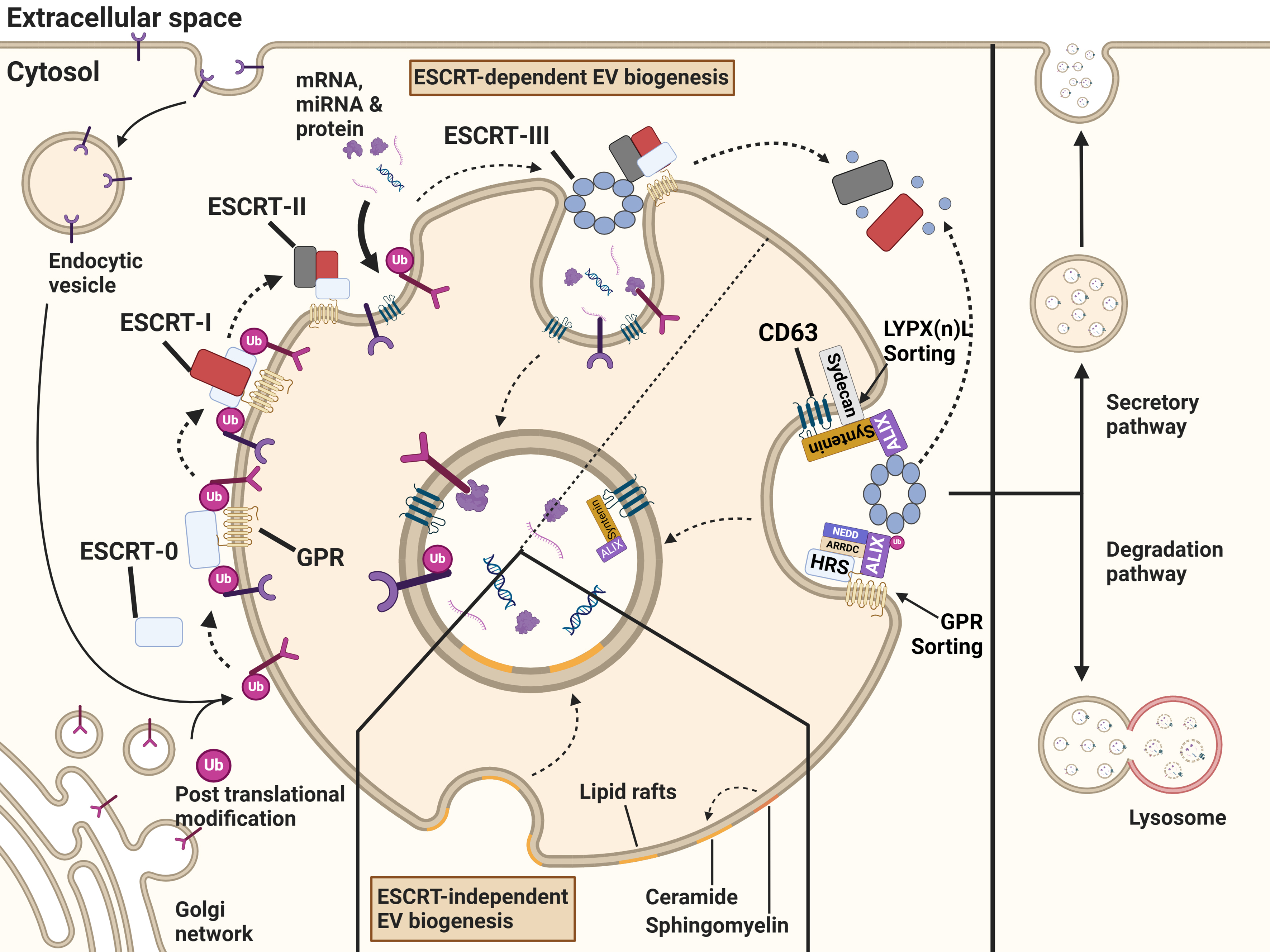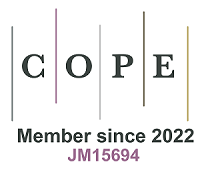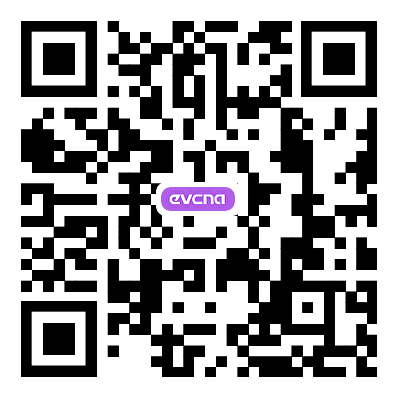fig2
Figure 2. Biogenesis, degradation and secretion of exosomes. Exosomal cargo is recruited by the ESCRT-dependent or ESCRT-independent pathways. Endocytosed proteins or post-translationally modified proteins that originate from the trans-Golgi network and are destined for the endosome, are recruited to emerging exosomes. The ESCRT-0 complex recognizes the post-translational modification and sorts them into microdomains. ESCRT-0 correlates with ESCRT-I, followed by the recruitment of ESCRT-II. The complexes initiate the invagination of the endosomal membrane and formation of ILVs within MVBs. The ESCRT-III subunit is recruited to the endosome and leads to the scission of the vesicles. Due to the binding of ESCRT-III to accessory proteins, free ubiquitin molecules and the ESCRT machinery are recycled. Through lipid raft microdomains enriched in sphingolipids and tetraspanins, cargo can be sorted into ILVs independently of the ESCRT machinery. These ILVs are either secreted as exosomes or degraded following lysosomal fusion. Created in BioRender. Ju, J. (2025) https://BioRender.com/75gp5la. ESCRT: Endosomal sorting complex required for transport; ILVs: intraluminal vesicles; MVBs: multivesicular bodies; GPR: G protein-coupled receptor.











